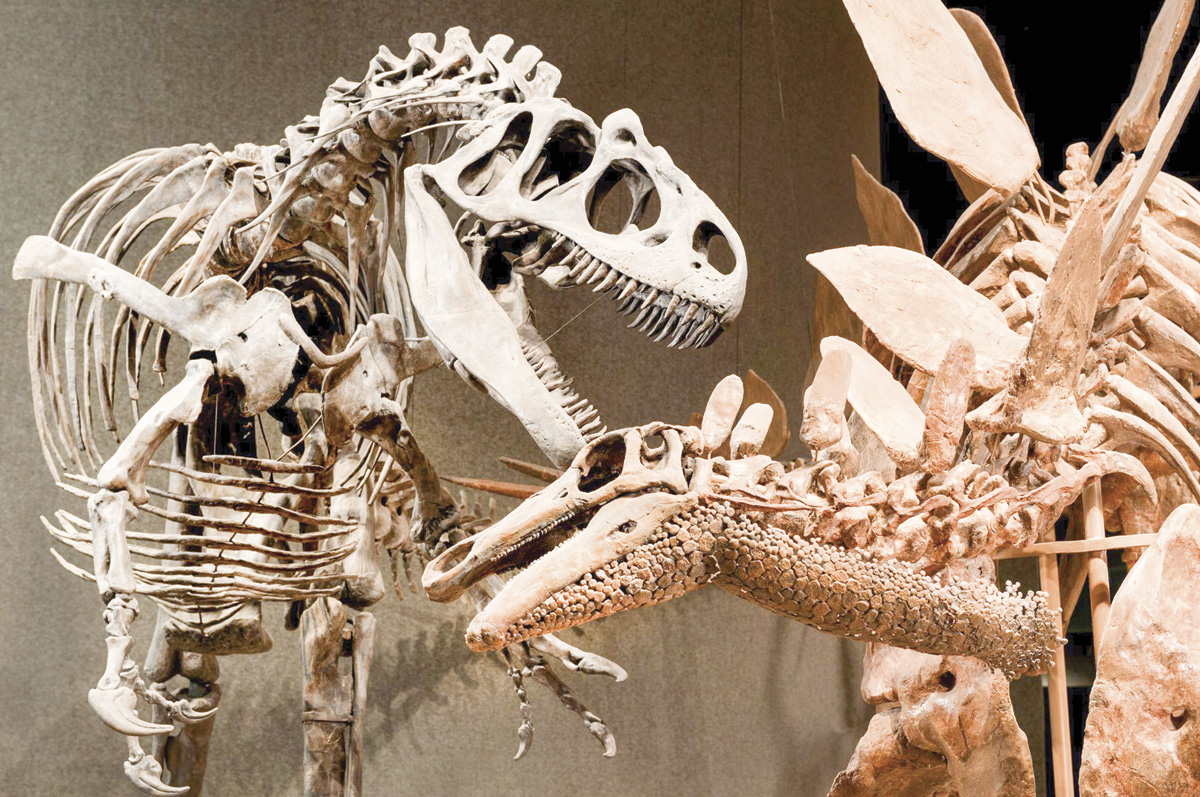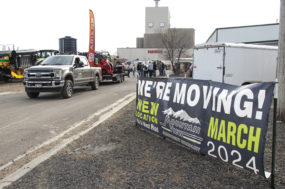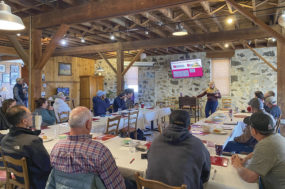Sometimes an ag news item comes across my notification feed and lingers in the back of my head. This is not intended to be an ag news-brief summary. It’s the “other” ag news – the ridiculous, the impossible, the you’ve-got-to-be-kidding-me news.
Item 1: US Department of Labor investigations of labor contractors, vineyard yield $231K in penalties, recover $129K in back wages for 353 agricultural workers
From: U.S. Department of Labor press release
What it says: Recent investigations in California of two farm labor contractors – Nextcrop Inc. of Los Banos and Noble Vineyards Management Inc. of Ukiah, and grower Pebble Ridge Vineyards & Wine Estates LLC in Paicines – by the Department of Labor's Wage and Hour Division collectively found employers failed to safely transport agricultural workers to and from the fields, violated numerous requirements of the Migrant and Seasonal Agricultural Worker Protection Act and the H-2A temporary agricultural program, and allowed a 14-year-old child to work during school hours illegally. The investigations led the division to assess more than $231,881 in civil money penalties and to recover $129,081 in back wages for 353 agricultural workers.
Just my opinion
There is a tremendous amount of regulation and rules surrounding the use of seasonal agricultural workers – I get that. It’s burdensome and tedious. However, unfair wages aren’t something I’ll defend. I asked a farmer one time (just one farmer, so don’t apply his answer to all farmers) why he didn’t pay his seasonal migrant workers more, and his reply was not about profit margins or equitability, but was, “Why should I, if they’ll work for less?” This was before all of the labor protection measures, but it’s farmers like that who should be rooted out and penalized. Safe transport, fair wages and not hiring children – I think most farmers agree with these things and are glad “the bad apples” are caught.
Item 2: California is becoming uninsurable
From: Fox Weather App
What it says: State Farm General Insurance Company, State Farm’s provider of homeowners insurance in California, will cease accepting new applications, including all business and personal lines property and casualty insurance, effective May 27, 2023. This decision does not impact personal auto insurance. State Farm General Insurance Company made this decision due to historic increases in construction costs outpacing inflation, rapidly growing catastrophe exposure and a challenging reinsurance market.
Just my opinion
Catastrophic wildfire, landslides, earthquakes and high construction costs – California is the one-stop shop. But wildfires were the trigger to stop insuring homes and businesses. Who can blame them? And apparently, they’re not the only company to pull out. Finger-pointing begins with climate change, of course – it’s the easiest finger to point. But how about those who are managing the fuel load (or not managing it well) on these public grounds? How about those who continue to build homes in mismanaged fuel-load areas? The Canadian wildfires this year started in May … and wildfire is a plague that will continue to pit ecologists and land managers against each other, even though they say they’re after the same thing – they’re not. They haven’t proven their case.

The allosaurus skeleton discovered at Three Springs Ranch (left) is on display at the Denver Museum of Science and Nature. Courtesy photo.
Item 3: Colorado ranch where dinosaur bones were discovered sells for $14 million
From: Dailymail.com
What it says: A Colorado ranch on which dinosaur bones were found by a 12-year-old girl has been sold for $14 million to a group of buyers, including two Pennsylvania businessmen.
One of its new owners, home developer Chris Kaclik, said he and his partner will maintain the property as a functioning ranch – raising Angus and Wagyu beef as well as horses. For more than 50 years, it was owned by an estate headed by a New Orleans man, Jack Foster, who purchased it around 1970 for around $1 million, according to Kaclik.
Soon after, it made headlines when in 1979 a 12-year-old amateur paleontologist, India Wood, discovered and subsequently dug up the remains of an allosaurus, which were later donated to the Denver Museum of Nature & Science.
Just my opinion
If that whole “trying to raise a herd that will pay for itself” doesn’t work out for you, consider searching for dinosaur bones. We talk about ranching side ventures all the time – guided hunts, trucking businesses, day jobs, etc. – to keep the ranch afloat, and maybe we’ve overlooked the most lucrative. Not sure how deep you’d have to dig on your place, but surely if you go deep enough you’ll find something.
Item 4: Indoor farming growth
From: Yahoo! Finance
What it says: The global indoor farming technology market grew from $29.35 billion in 2022 to $32.95 billion in 2023 at a compound annual growth rate (CAGR) of 12.3%. The indoor farming technology market is expected to grow to $53.31 billion in 2027 at a CAGR of 12.8%.
North America was the largest region in the indoor farming technology market in 2022. The countries covered in the indoor farming technology market report are Australia, Brazil, China, France, Germany, India, Indonesia, Japan, Russia, South Korea, the UK and the USA.
Just my opinion
This is an interesting sector to watch. I think few expect it to garner a big market share, but it will find its pockets of acceptance, and technology is always looking for new fields to develop, so I expect money and a bandwagon of tech startups will hop on this bandwagon. However, I’m expecting it to be a lot like the organic market or gluten-free markets, developing its pockets of acceptance but hitting its saturation point rather quickly.


.jpg?t=1687979285&width=640)





